When we think of architectural structures alone, they tell us many things. The period in which it was designed, the style, the life within, the idea behind it… We can infer many things about architecture without even entering the building. We bombard our critics, think about the form and tectonics of the structure, thus we like the design or add the architect to our black list; but nothing in the universe has been created or designed independently from everything. Ideas arise from the reasons behind it. The reason behind an architectural idea is hidden in the context. Context in architecture is the external factors that determine the architectural form and style, affect the choice of materials and enable the building to relate with tangible or abstract situation.
In this article, we will examine context in architecture under two titles; design according to natural environment and design according to artificial environment.
Natural Context in Architecture
Nature is one of the first reference points of contextual architecture. For example, the natural environment can affect architectural structures with its unique land conditions. When we are in the design stage, we should consider the topography. It is extremely important to work with a model for the topography-compatible design of an architectural structure.
Topography models not only show the visual relationship between the natural elements in the environment and our structure, but also help to shape the architecture. On a very sloping terrain, you can respond to the slope in steps. Or, you can bury a part of the structure into sloping terrain. The structure can continue in parallel with the slope and follow the nature or run the console on the slope. We recommend that you do not make all these decisions without working on sections alongside models.
Nature can also affect our structures with climate and weather conditions. Architecture is not just a 3D art. The biggest difference of architecture from the art of sculpture is that since there is life inside it, architecture has an infinite dimension. Optimum temperature, humidity and air movement are necessary for the comfort of inner life. In order to overcome these needs, orientation to the sun and passive air conditioning are necessary.
Passive air conditioning is very important for sustainable architecture. The wind should be circulated in the building with the help of windows; thermal insulation and steam breaker should be used in the required dimensions. In humid lands, facade areas of buildings should be increased in order for the wind to affect the building more; courtyards and thick-walled structures should be designed in hot and arid places.
As for in cold regions, compact structures (generally square forms) make the structure less affected by the climate. The color of the facade, the materials used, the types of trees around the building, the opaque / transparent material ratio on the facade, the solar control elements, a pool in the garden, and the location of the building on the slope are also very important for sustainable architecture.
You can read our article Fallingwater House by Frank Lloyd Wright to see a very successful example for architectural design in the natural context. Frank Lloyd Wright built this house on a waterfall and made it a part of nature. I suggest you to examine architectural understanding of Frank Lloyd Wright, which is a breakthrough in organic architecture, in more detail. Wright considered nature an important part of architectural design while fulfilling the requirements of modern architecture.
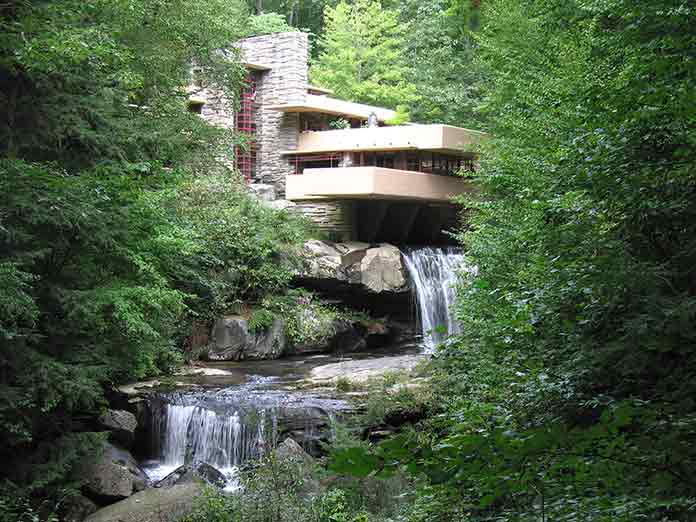
Design in Artificial Environment
The second most important source of inspiration to make architectural designs is the artificial environment. For instance, when designing in historical surroundings, we may want to see our structure in harmony with the surrounding architecture. However, being influenced by every building in the environment may cause us to give wrong architectural choices. When thinking of an architecture in communication with historical buildings, we should never make the mistake of imitating. We can interpret the decorations or building elements and use common building materials to protect the texture. We can create a similar roof type or repeat the openings on the facades in different proportions and rhythms. Adapting to nearby buildings doesn’t always mean looking like them.
The artificial environment can direct architectural preferences not only with the buildings it hosts, but also with local materials and construction techniques.Thus, it provides information about the buildings that adapt to the traditional texture, the culture of the environment, the people’s lifestyle and the natural resources of the region.

Each building is beautiful with its environment. A tall skyscraper in a historical texture creates visual pollution and harm the urban silhouette. An eskimo house melts away in the scorching heat of Africa. A traditional village house, can not stand alone in a developed metropolis and disappears in confusion.
To summarize, impressive and meaningful design ideas are those considered together with context in architecture. The environment that constitutes the context can be divided into two groups as artificial and natural environment. Don’t forget, the more powerful reasons behind an architectural idea, the more impressive buildings will be.












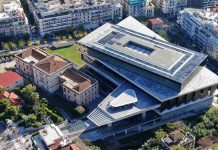

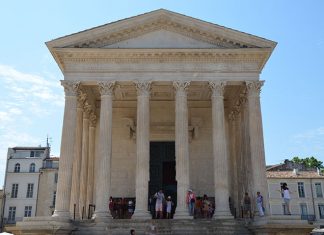
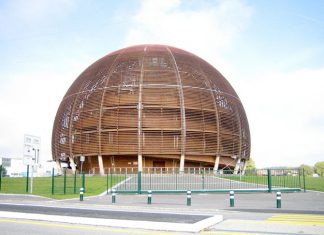
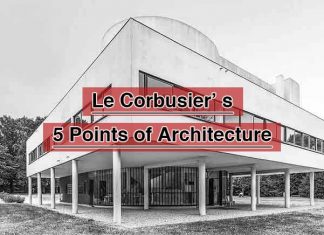

Great information. Lucky me I found your website by chance (stumbleupon).
I have saved as a favorite for later!
Thank you very much Jon! I’m glad you like it.
This tеxt is worth everʏone’s attention. Where can I find out more?
We will type about this issue more. Please keep on following archeetect.com
It’s very effortless to find out any matter on web as compared to textbooks, as I found
this post at this site.
Absolutely, you are right 🙂 Thanks to google’s artificial intelligence to find a knowledge you are looking for on the internet is becoming easier day by day.
Good day I am so excited I found your blog page, I really fohnd you
by accident, while I was searching on Digg for something else, Regardless I am here now aand
would just like too say thanks for a incredible post and a all round enjoyable log (I alao loove the theme/design), I don’t have time too read it all aat the moment but I have bookmarked it and also added your RSS feeds, so when I have time I
will be back too read more, Pleaswe do keep up
the excerllent work.
Thank u so much. I’m grateful to you for this nice comment.
I not to mention my buddies happened to be digesting the best
strategies found on the blog and so before long developed a horrible feeling I never thanked you for them.
The boys were definitely for that reason excited to see them and
have in effect very much been tapping into these things.
Appreciate your really being well accommodating and for choosing variety of excellent subjects millions
of individuals are really desperate to understand
about. My personal sincere regret for not saying thanks to
you earlier.
I’m amazed, I must say. Seldom do I come across a blog
that’s both equally educative and engaging, and let me tell you, you have
hit the nail on the head. The issue is an issue that too few folks are speaking intelligently about.
Now i’m very happy I found this in my hunt for something relating to this.
Wow! After all I got a webpage from where I can in fact obtain helpful information concerning my
study and knowledge.
Thanks for the auspicious writeup. It in truth was a amusement account it.
Look advanced to more added agreeable from you! However, how can we be in contact?
This is a good tip especially to those fresh to the blogosphere.
Short but very accurate information… Many thanks for sharing this one.
A must read post!
Some truly interesting points you have written.Aided me a lot, just
what I was searching for :D.
I am glad to be a visitant of this consummate blog, regards for this rare info!
I used to be able to find good info from your
content.